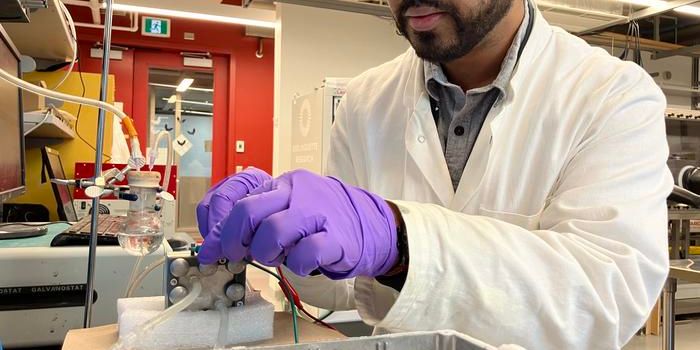(Stop) Putting Crap into Graphene Research
In a recently published study, a group of Czech researchers from the University of Chemistry and Technology (Prague, Czech Republic) puts together two materials that are unlikely to appear in the same sentence: guano (bird feces) and graphene. Using this rather unorthodoxy pairing, the authors sent out a note of caution to others in the field of material science: stop conducting uninspiring research on graphene for the sake of publishing papers.
Graphene is long considered a wonder material that possesses numerous extraordinary properties. It is tough, and has excellent heat and electron conductivity; it can be levitated in a magnetic field due to its diamagnetic nature; and unlike other allotropes, every single carbon atom in graphene's lattice is available for chemical reaction on either side of the plain.
However, a recent trend in investigating the electrocatalytic property of graphene had the Czech researchers worried. A quick google search can easily turn up over 50 pieces of research literature on the electrocatalytic activity of graphene in 2019 alone.
In many of these studies, graphene is doped with chemicals that contain elements such as nitrogen, sulfur, phosphorus, and boron. (Here doping means the deliberate introduction of impurities into a semiconductor to modify its properties.) Many groups have claimed that their unique doping strategy or materials can enhance the electrocatalytic effect of graphene. It seems that it doesn't matter what kind of materials people use, even if one were to place feces on top of graphene, they could always observe an improved effect of electrocatalysis.
Therefore, the Czech group came up with an idea to challenge this line of thinking. Their parody-styled experiments showed the exact results as they anticipated: the bird dropping-doped graphenes demonstrated better electrocatalytic than the non-doped counterpart in chemical reactions such as oxygen reduction and hydrogen evolution.
In this end, the authors of this satirical research article don't wish others to follow suit or to consider guano as a miracle addictive to material research. Their point is that graphene researchers should stop this current obsession of electrocatalytic quality of graphene. Instead they should spend their money and efforts on meaning investigations.
Source: ACS Nano









